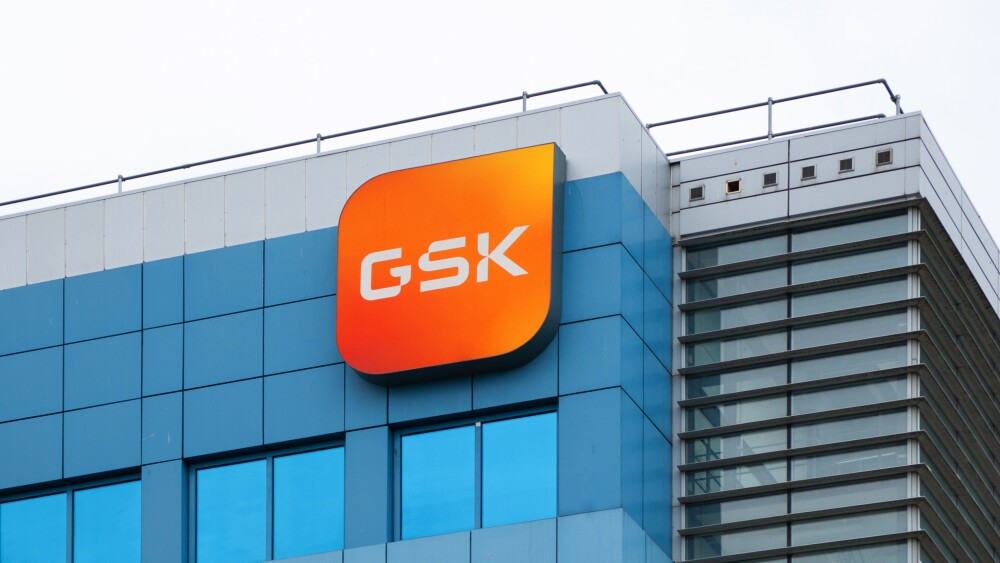Merck and Novartis beat expectations this week with solid third-quarter financial results, while BMS, Sanofi and Takeda spooked investors with negative near- and mid-term projections.
The third-quarter earnings season is upon us with major biopharma companies reporting mixed financial results, providing a litmus test for the state of the industry and the opportunity to revise expectations for the final quarter of 2023 and beyond. There have been some pleasant and unpleasant surprises for investors this week as clear Q3 winners and losers have emerged.
In the winner’s column is Merck, which reported third-quarter revenue and adjusted earnings that topped Wall Street expectations led by strong sales of its blockbuster cancer drug Keytruda, HPV vaccine Gardasil and—surprisingly—COVID-19 antiviral drug Lagevrio. Looking ahead, Merck increased its full-year sales forecast to between $59.7 billion and $60.2 billion, slightly higher than its previous guidance in the range of $58.6 billion to $59.6 billion.
Another winner this week was Novartis, which continued to beat earnings expectations. The Swiss pharma reported a 12% sales increase and 21% core operating growth for the third quarter, while raising its full-year earnings forecast for the third time.
On the negative side of the ledger, Takeda shared financial results for the first half of fiscal year 2023 on Thursday, reporting a disappointing net loss from Phase III fails while dropping net profit projections for the fiscal year by 71%. The Japanese company attributed losses to the exchange rate, tax assumptions and developmental setbacks from two asset failures: Crohn’s disease stem-cell therapy Alofisel and non-small cell lung cancer drug Exkivity. As a result, Takeda is taking a 74 billion yen—or $770.5 million—write-down.
However, at the top of the Q3 loser’s column is Sanofi. Just days before Halloween, the French drugmaker spooked investors with a profit warning that sent Sanofi’s shares down nearly 20% on Friday. The news: it has abandoned its previous goal of a 32% operating profit margin for 2025—instead focusing on “long-term” profitability by deepening its investment in R&D.
“If this move in Sanofi holds, it would be the largest negative single-day stock move across global pharma in more than 10 years,” Jared Holz, Mizuho healthcare equity strategist, told The Wall Street Journal. To put it in perspective, the company lost $21 billion in market value on Friday, according to Reuters.
Adding insult to injury, Sanofi’s earnings expectations for 2024 were significantly below Wall Street estimates. The company’s “Play to Win” strategy overshadowed plans to separate its consumer health division into a stand-alone company next year, which would effectively turn Sanofi into a pure-play biopharma for the first time in its 50-year history.
Questions are also being asked about Bristol Myers Squibb’s mid-term future after it pushed back target sales projections for its new drugs. BMS now expects more than $10 billion in new product sales in 2026, despite previously forecasting $10 billion to $13 billion in sales in 2025. The company’s third-quarter revenue also decreased by 2%, which was the fifth consecutive quarterly decline. The main culprit in Q3 was multiple myeloma drug Revlimid, with sales dropping a whopping 41%. Trick or treat!
Greg Slabodkin is the News Editor at BioSpace. You can reach him at greg.slabodkin@biospace.com. Follow him on LinkedIn.






